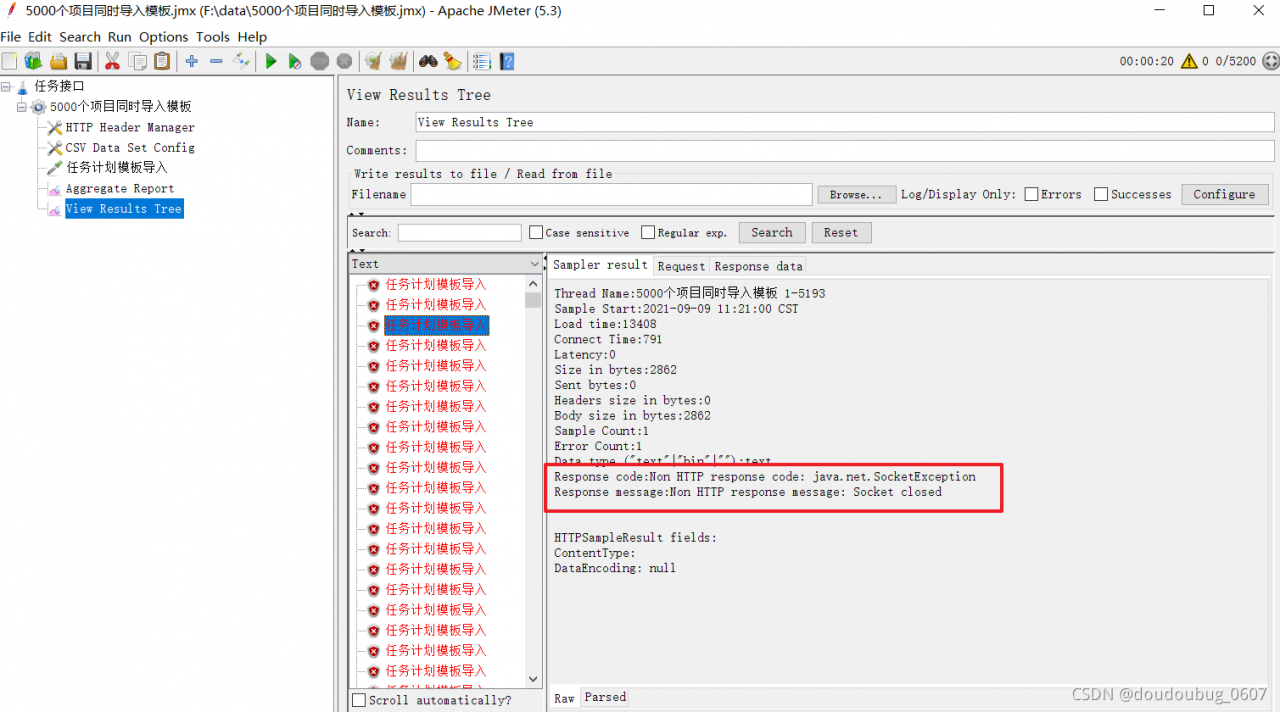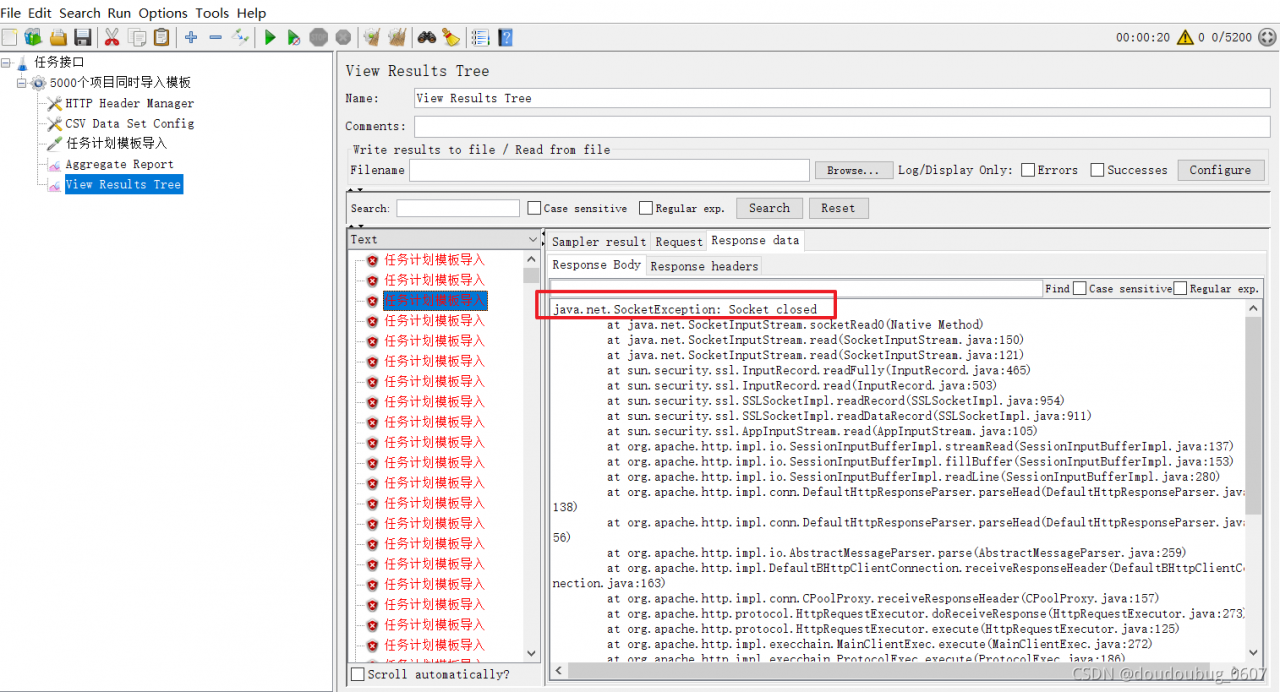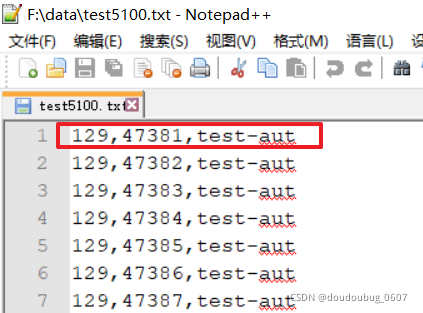This document records the process and steps of the initial report generation with allure.
Install allure first, download and configure the environment
reference documents:
https://www.cnblogs.com/wsy1103/p/10530397.html
After installation, the following steps begin:
Step 1: generate report data with assure. The generated report data includes two files: one JSON file and one TXT file.
Switch to D: Python/Test & gt; The following is implemented:
hrun test_post_api.json --alluredir=report
Step 2: create the report data generated just now with assure, generate the report2 folder, – O means to specify the folder to generate the report, – C means to clean up the previous report directory before generating the report.
allure generate D:\Python\test\report -o D:\Python\test\report2 -c
Then open the assure report using the default browser to view it.
allure open D:\Python\test\report2
end. The effect of successful generation:
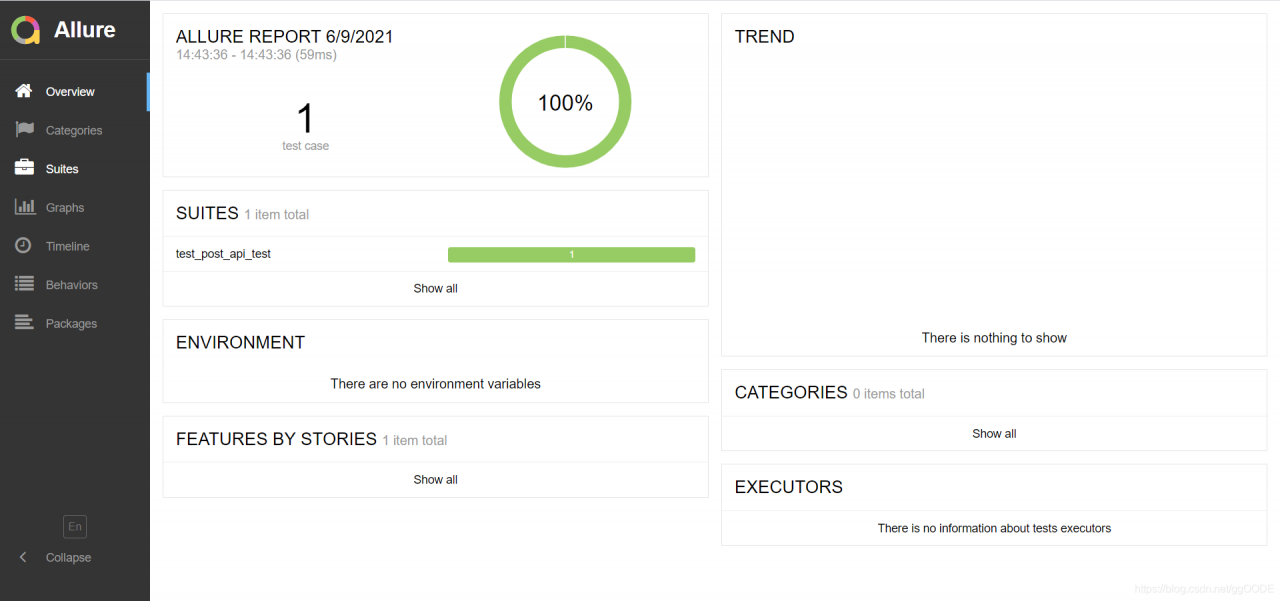
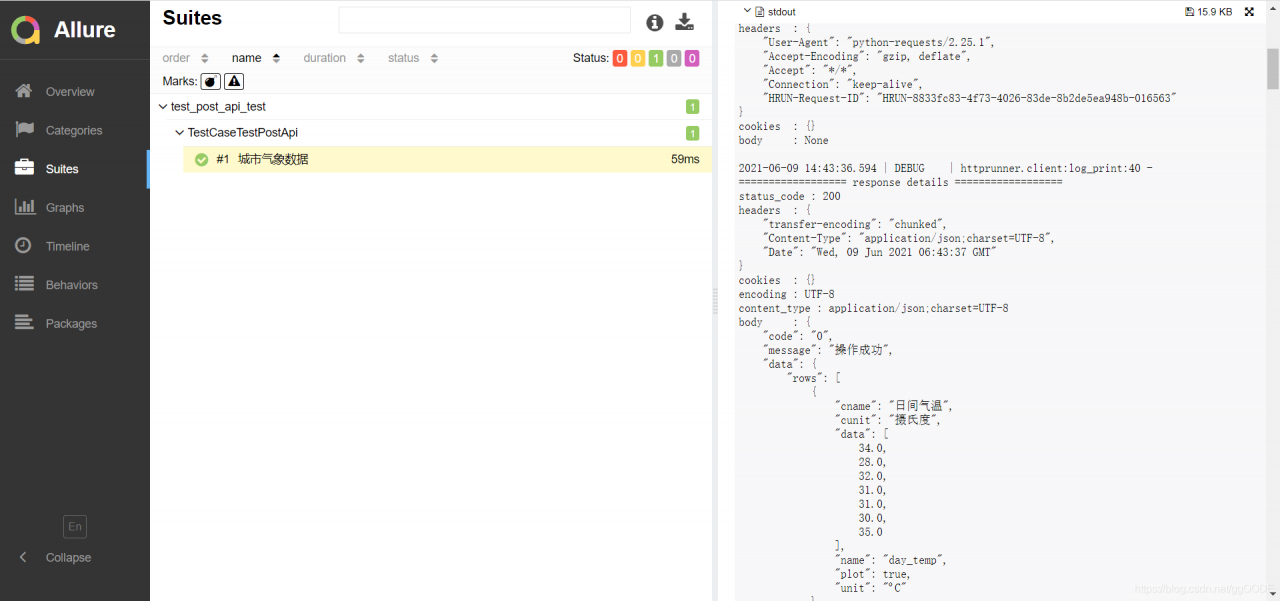
[frequently asked questions]
1. If the error prompt oserror: [winerror 6] handle is invalid, please refer to the document for solution:
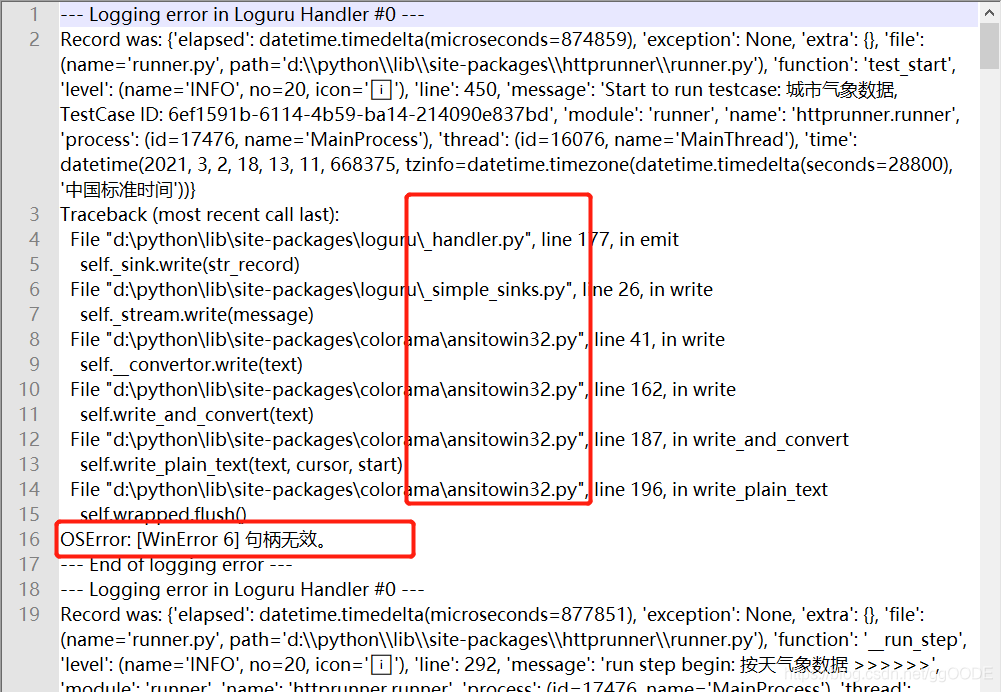
https://ask.csdn.net/questions/3017114
Add some code to runner. Py’s test_ Start method, and import colorama, Sys at the beginning of the file
2. If the Chinese encoding in the return body fails, please refer to the document for solution:
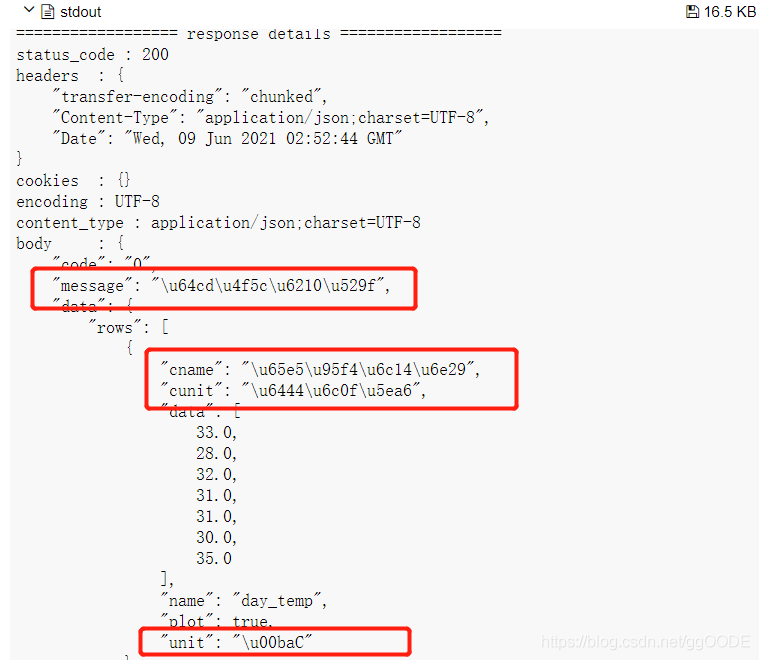
https://blog.csdn.net/zjxht62/article/details/116305944
Add some code to the log of client. Py_ In the print method, the default ASCII encoding is used for Chinese when json.dumps is serialized. To output real Chinese, you need to specify ensure_ ascii=False
[allure grammar]
$Hrun — alluredir allure results — clean alluredir # when the use case format is py file, you can replace “Hrun” with “pytest”, which has the same effect
– alluredir: generate the original data of allure report
allure results: save location of the original data
– clean alluredir: clear the historical data of allure results
$assure generate assure results – O assure report
– O specify the folder to generate the report
– C clean up the previous report directory before generating the report
Assure open assure report: start the default browser to open the assure test report
